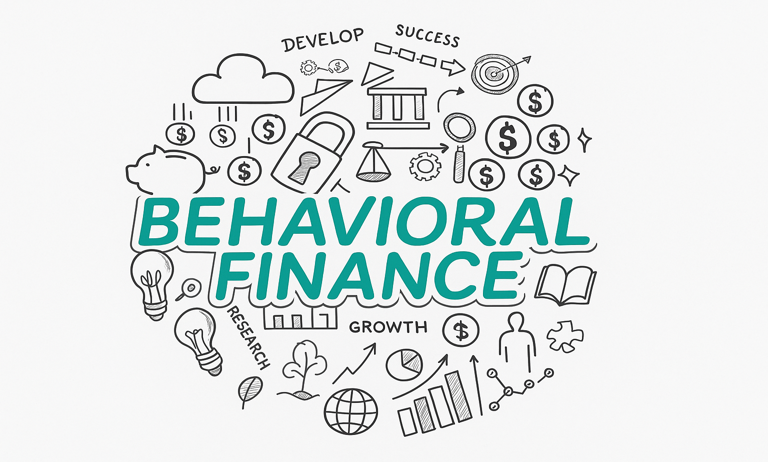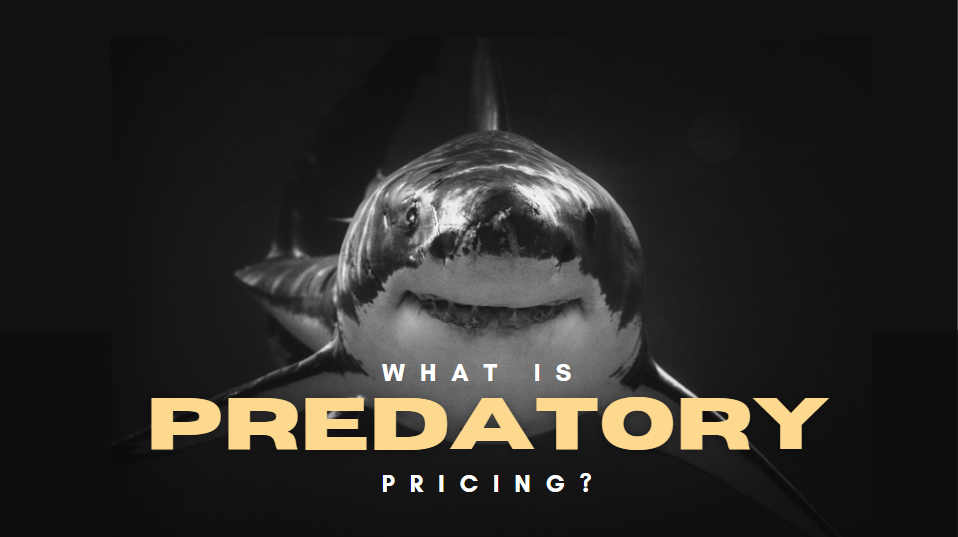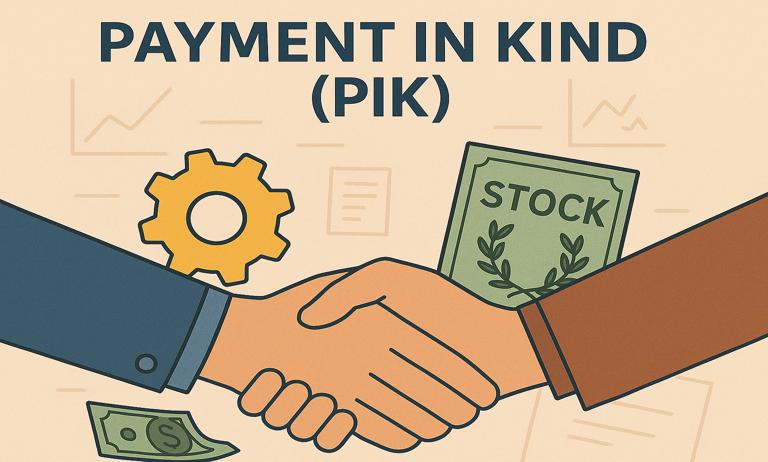Behavioral Finance and Its Impact on Investing
During Tulip Mania in 1637, Dutch tulip bulbs were
more expensive than houses. People continued to purchase them at such high
prices because they believed tulips would keep rising indefinitely. However,
the bubble burst when demand suddenly decreased, and contractors were left with
worthless contracts for tulip bulbs, which left many financially ruined. This
illustrates how emotions and cognitive biases drive our financial decisions
when we ignore logic and introduces us to the concept of behavioral finance. Traditionally,
it was believed that investors are always rational and logical and make
informed decisions based on the data and information. However, behavioral
finance questions this norm by saying that our emotions do influence our
decisions and can even lead to irrational financial choices.
Cognitive Vs.
Emotional Bias
Behavioral Finance highlights two primary biases-
cognitive bias and emotional bias. Cognitive bias comes when investors make
decisions based on preconceived notions or flawed reasoning. For example, Confirmation
bias makes investors rely on intuitions and not on logic, and often ignore contradictory
views. (1) Though these biases can be mitigated through education and
exposure to diverse perspectives, leading to structured decision-making. Some
of these biases are-
1. Confirmation
Bias
If investors believe that a particular stock is a winner,
they will eagerly focus on only positive news related to that and ignore
negative information. This is what happens in confirmation bias: we ignore
negative points and only see the positive side as far as it suits our beliefs.
It sometimes leads to holding onto bad investments for too long simply because
it “feels right”. However, to mitigate this, investors should seek diverse
opinions and rely on the information available.
2. Anchoring
Effect
Imagine stock trading at Rs. 2,000 a year ago, but now
it is at Rs. 1,000. Investors might buy the stock, hoping that it will reach
its initial price soon, ignoring the factors that could have led to stock
deterioration. This is the anchoring effect, where people rely on initial
information like stock prices in the past. This can lead to poor investment
choices. Investors should compare multiple data points and analyze current
market conditions.
3. Mental
accounting
Ever seen people spending their salary and income
earned from any other source, like rent, differently? That’s mental accounting,
in which people treat income from different sources differently. For example,
an investor might take more risk with money earned from the lottery rather than
investing it cautiously. This usually leads to reckless investments and
unnecessary losses. Investors should make decisions based on their overall
portfolios to mitigate this bias.
4. Gambler’s
Fallacy
Imagine flipping a coin and getting 3 heads straight
in a row, many will believe that now also heads will show up, without any
proper logic. This is the Gambler’s fallacy, where our future decisions are
highly influenced by past events. In investing, traders believe that if the
price of a stock has risen over the past 3 years, it is now bound to fall or
vice versa. Relying on this concept makes one take poor financial decisions. According
to academia,” The
gambler's fallacy is significantly responsible for the fact that the optimal
structure of a portfolio is considered in only 37.7% of all choices made by an
investor.”(2) This means that due to Gambler’s Fallacy only 37.7%
make optimal portfolio structure, and majority of investors fail to diversify
or allocate resources effectively. To mitigate this bias, investors accept that
the market is a dynamic place and should rely on statistical data rather than
past trends.
5. Status
Quo Bias
People prefer things to stay the same and are reluctant
to adopt any change that might be beneficial. In Status Quo Bias, investors want
to stick to their familiar investing strategy and avoid exploring new
opportunities or better alternatives. This bias can prevent diversification,
and one can miss opportunities that could lead to growth. However, this can be
mitigated by stepping out of comfort zones and making decisions rationally and
defaulting to familiarity. Thus, investors should regularly review their
portfolios and be open to changes depending on what the market is demanding.
6. Loss
Aversion
Decision Lab states, “Loss aversion is a cognitive bias where the
emotional impact of a loss is felt more intensely than the joy of an equivalent
gain.” (3) Let’s understand this with an example: Investors panic
and sell their winning stock quickly out of fear of losing money, but keep
their losing stocks, hoping they will recover, even if it increases their
losses. Thus, we feel more pain while in
loss than we feel joy while gaining. To mitigate this, they should define their
exit strategy priorly to and focus on long-term goals.
Emotional Biases
On
the other hand, emotional biases come from feelings rather than preconceived
notions. It is deeply affected by human emotions, where investors let their
fear, greed, and overconfidence influence their decisions. For example, in Herd
Mentality, investors invest on some stocks just because everyone else is
talking about it. Unlike cognitive biases, emotional biases are harder to
correct because these biases are part of human personality. Some of the emotional
biases are-
1. Herd
Mentality
Sometimes we buy stock just because everyone around us is talking about it.
That’s herd mentality. Investors follow the crowd and take similar decisions as
every other investor, thinking that if everyone is doing it, then it must be
the right move. Herd mentality often creates a bubble that soon bursts. In
2017, the price of bitcoin skyrocketed as many investors started gaining
interest in it, hoping that it would give them massive gains. But as soon as
the interest faded, bitcoin prices crashed. That’s what happens in herd
mentality: it starts with hype, but soon the bubble bursts, leaving many with
empty pockets. To counter this, investors should conduct research and take data-driven
decisions and avoid impulsive trading.
2. Endowment Bias
Investors believe that their assets are worth more than they are. This makes
them reluctant to sell, and they keep assets for too long, not evaluating their
actual market potential. (1) To overcome this, they should evaluate
their assets from time to time and compare them with alternative opportunities.
3. Overconfidence Bias
Investors usually believe that they have superior knowledge and end up taking
excessive risks. They ignore diversification and underestimate market dynamics.
James Montier once surveyed 300 fund managers, out of which 74% believed that
they were above average when it comes to investing, and only 26% believed
themselves to be average. (4) Thus, nobody even believed that they were
below average or accepted the scope for learning. Investors take diverse
opinions and review their past mistakes and rely on expert analysis rather than
intuition.
4. Availability Bias
Imagine you hear a piece of news about a stock skyrocketing overnight, you will
pour money into similar stocks, ignoring the actual data, and hoping that these
stocks will grow too. This is availability bias, where, based on past
experiences, we make decisions that can lead us to poor decisions. To mitigate
this, investors should take time to research historical data and seek diverse
information to balance the perspective.
5. Regret Aversion
Do we ever buy something expensive not because we truly need it, but because we
fear that we might regret not buying it in the future, as it’s an exclusive
deal? This is regret aversion in which we make decisions impulsively and don’t
weigh risks and benefits, just to avoid future regrets. While it can benefit
people by avoiding future regret, but sometimes it can also lead to irrational
decisions. To mitigate this, investors can focus on long-term benefits,
practicing self-awareness, and making decisions weighing pros and cons.
Behavioral Finance Vs. Traditional Finance
If
investors are always rational, then why do market crashes occur? Why do
investors sell in panic during downturns? The answer lies in the difference
between traditional finance and behavioral finance. It’s a battle between logic
and emotions.
Traditional
Finance holds that investors are always rational and have logic behind their
decisions. The corporate Finance Institute describes efficient market
hypothesis (EHM) as, “As there are always many both buyers and sellers in the
market, price movements always occur efficiently (i.e., in a timely, up-to-date
manner). Thus, stocks are always trading at their current fair market value.” (5)
This suggests that markets are always operating at optimum efficiency, and
asset prices always reflect all the information known.
On the
other hand, behavioral finance challenges the traditional finance idea that
investors are always rational and logical. Instead, it argues that their
decisions are often driven by emotions, biases, and psychological factors,
which frequently lead to irrational behaviour. For example, in the 1990s and
early 2000s, there was a wave of technology. Investors were investing in
companies having “dot com” in their names. Many of these companies had little
revenue but were simply valued at billions because they had “.com” in their name.
But most of these companies lacked sustainable models, and in October 2002,
stock prices fell by 78%. (6) This market crash wiped out billions
in wealth just because the decision made was only based on overconfidence and
herd mentality.
Thus,
traditional finance discusses how the market is always rational and behaves in
an anticipatory manner, while behavioral finance discusses the market dynamics
and why it doesn’t behave as expected.
How does behavioral finance impact
investing?
These
biases and psychological factors are the hidden forces that shape our
investment decisions. Whether in the stock market, retirement planning, or
personal finance, these biases are crucial in shaping our decisions. Let's see
how-
How
biases drive stock market trends
Usually, these
biases drive the market and create market booms, crashes, and dynamic
movements.
2008 Financial crisis- Investors believed that real estate prices would
never fall, leading to excessive risk-taking. The result of this overconfidence
bias was the worldwide crash.
How
biases influence investment strategies
Biases can also
shape your portfolio decisions, trading habits, and risk-taking.
Biases like loss aversion and the anchoring effect can influence our investment
strategies. Investors either relying on initial information and taking future
actions accordingly, or keeping a losing stock for too long, affect the
investor's portfolio.
How
biases impact personal financing
Biases not only
affect investors but also our personal financial decisions, like how people
save, spend, and plan.
People spend windfall gains like lottery or bonuses very recklessly, or some
take excessive risks or avoid investments that could yield better returns,
following the herd mentality.
Understanding
these biases can help investors in making more sensible and conscious decisions
and can help avoid costly mistakes. But investors usually fall prey to these
biases, leading to irrational decisions. But some strategies can make decisions
more rational-
·
Diversification-
Sometimes investors focus on few stocks out of overconfidence or herd
mentality. So, diversification can mitigate this risk by investing across
different asset classes like stocks, bonds or real estate.
For example, investors who diversified during dot- com bubble avoided major
losses when the market crashed. (7)
·
Rebalancing
Portfolios- Investors sometimes make decisions emotionally, leading to
overexposure to certain assets. Regular rebalancing should be done to stay
aligned with financial goals by setting a target asset allocation or by
adjusting holdings periodically to maintain balance. (8)
·
Recognizing
Biases- The first step to overcome anything is to accept it. Investors should
seek diverse viewpoints before deciding and conduct periodic emotional checks
before making trades.
For example, Warren Buffett’s famous quote, “ Be fearful when others are greedy and
greedy when others are fearful”.
This statement talks about Warren Buffett’s consideration before deciding, as
he avoids herd mentality and focuses on fundamentals rather than market hype. (6)
By implementing these strategies, investors can reduce emotional
decision-making, minimize risk, and build a more resilient portfolio.
Conclusion
Behavioral
Finance has transformed the way investors approach financial decisions. It
highlights how biases like loss aversion, herd mentality, and overconfidence
can lead to irrational decisions. Acknowledging these biases helps investors in
making more rational and informed decisions, and investors can avoid common
pitfalls, build strong portfolios, and make rational decisions. Thus, it is
about combining rational analysis with a deep understanding of human
psychology.
Notes:
1.
The
Decision Lab, what is loss aversion?
2.
Corporate
Finance Institute, Efficient Market Hypotheses
3.
Wikipedia,
Dot-com bubble, April 29, 2025
4.
Bajaj
FinServ, what is the impact of behavioral biases on investment decisions and
strategies, March 1, 2024
5.
Trustnet,
Strategies for overcoming investment biases, November 28,2024
6.
Trustnet,
Warren Buffet’s contrarian investing: Going against the herd, May 9,2025
7.
Wall
Street Mojo, Behavioral Finance
8.
Finance
Calculators, Introduction to Behavioral Finance: Decoding the Psychology of
Financial Decision Making, September 11, 2023








